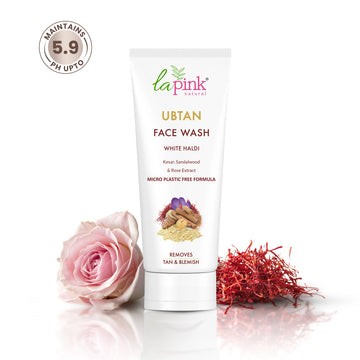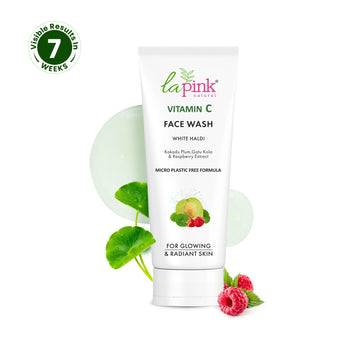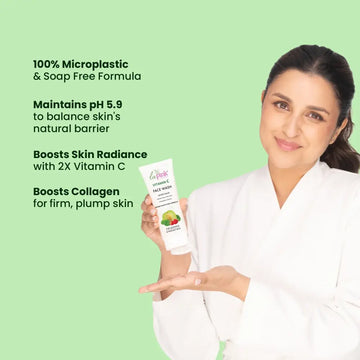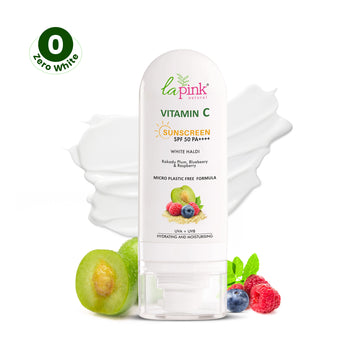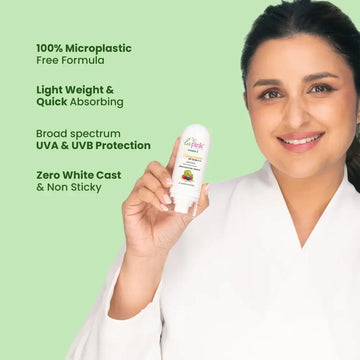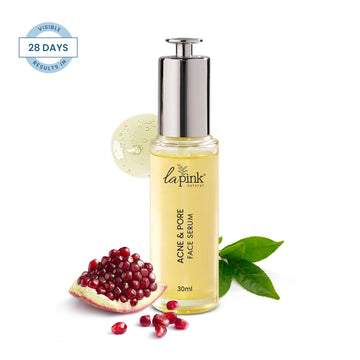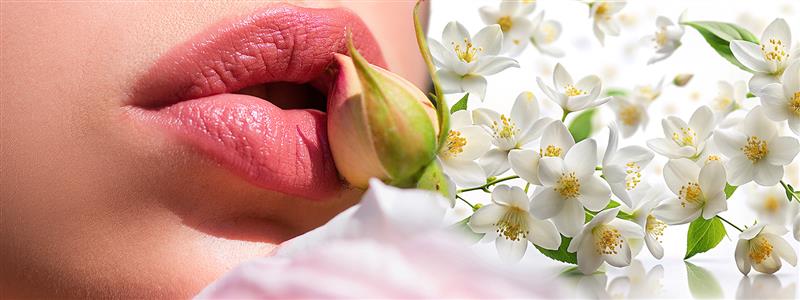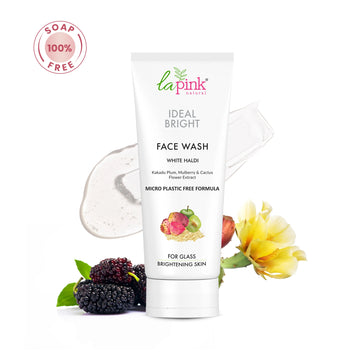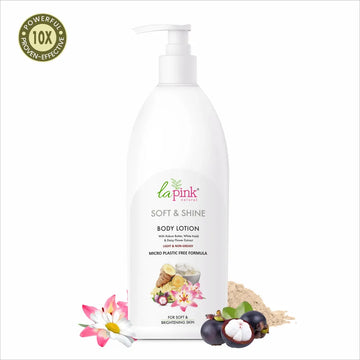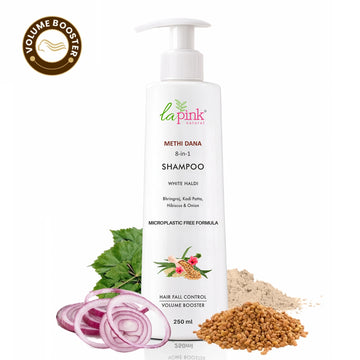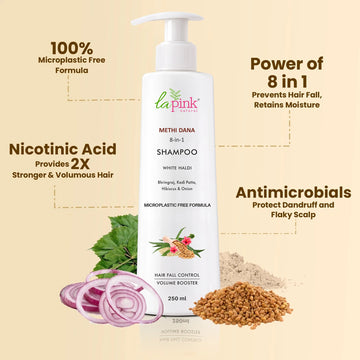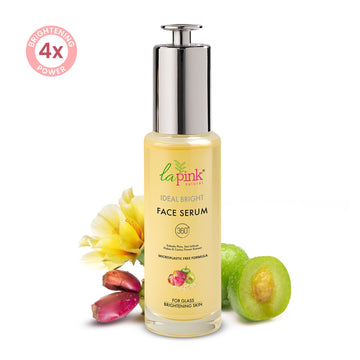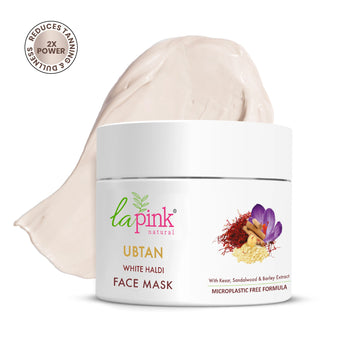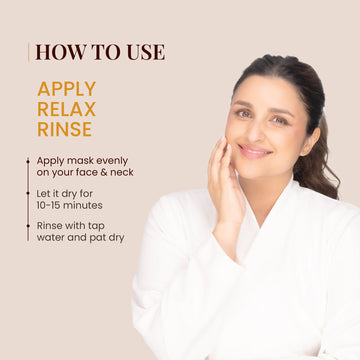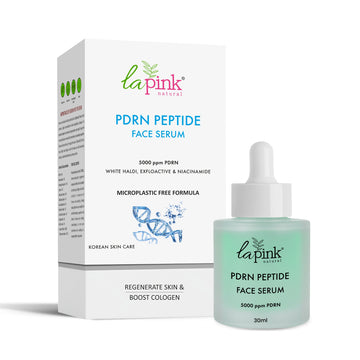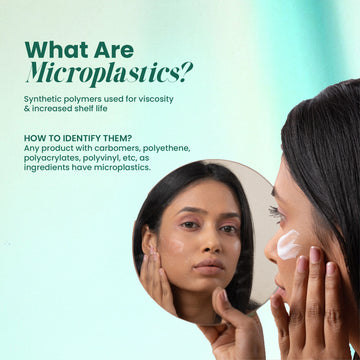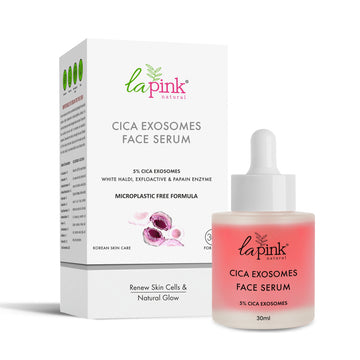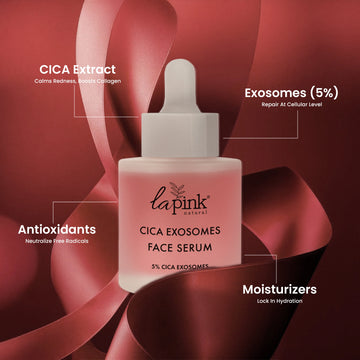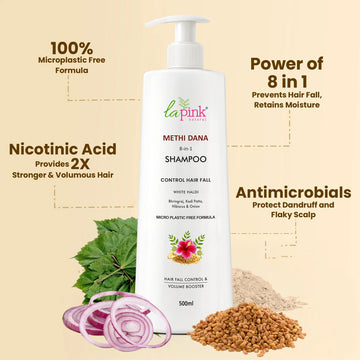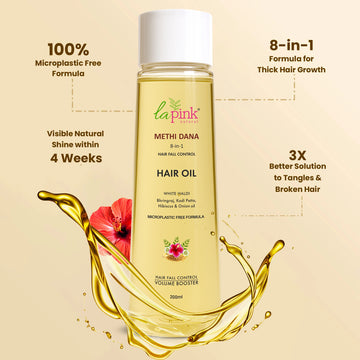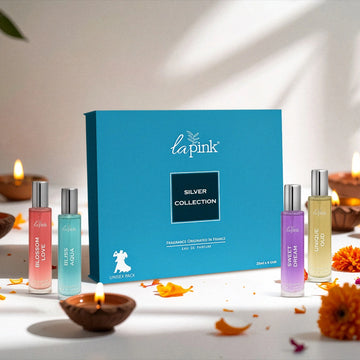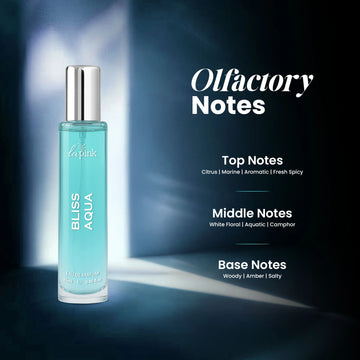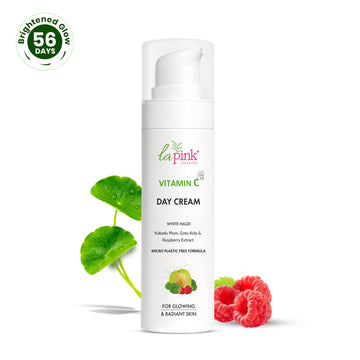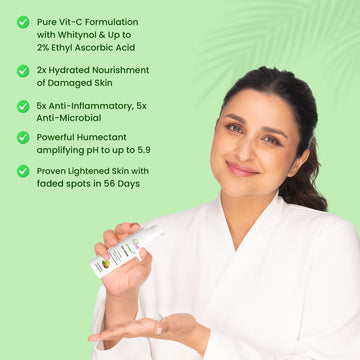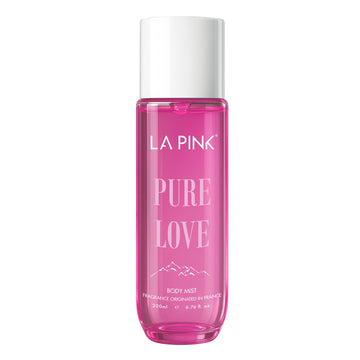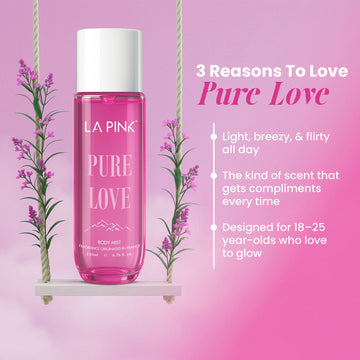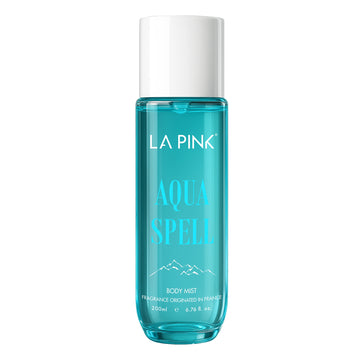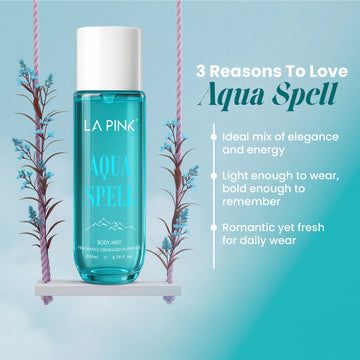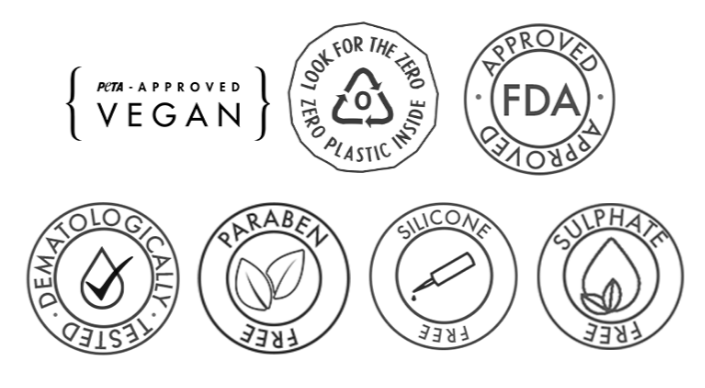Potential Benefits of Sebacic Acid
1. Regulates Excess Production of Sebum
Sebacic Acid regulates sebum without drying out the skin. As it balances oil content, it reduces clogged pores, shine, and prevents acne development. This makes it especially suitable for products aimed at oily or combination skin, providing a matte feel while keeping the skin at healthy moisturizing levels.
2. Facilitates Acne Control
With its gentle antibacterial action, Sebacic Acid assists in preventing acne bacteria such as Cutibacterium acnes. Its oil-regulating and exfoliating properties also assist in averting breakouts, blackheads, and inflammation, thus making it a beneficial ingredient in acne-fighting products like spot treatments, light creams, or anti-acne serums.
3. Enhances Skin Texture and Smoothness
Sebacic Acid induces gentle exfoliation, stimulating dead skin cell shedding and renewed, smoother skin. Ongoing use will help smooth out rough texture, soften rough areas, and improve softness without the brutality of more aggressive exfoliants—perfect for sensitive or older skin requiring gentle resurfacing.
4. Enhances Skin Barrier Function
By maintaining lipid layer integrity and hydration retention, Sebacic Acid improves the natural barrier function of the skin. Such protection minimizes transepidermal water loss (TEWL), enhances resistance to irritants and pollutants, and fosters a healthier, better-balanced skin environment—particularly valuable for stressed or environmentally compromised skin.
5. Non-Comedogenic and Lightweight
Sebacic Acid's chemical structure enables it to perform well in light, non-clogging formulas. It does not block pores nor produce greasiness, which explains why it is a favorite among acne-prone, sensitive, or oily skin consumers who look for active-type skincare products that allow for air circulation, are skin-friendly, and will not irritate the pores.
6. Eco-Friendly and Biodegradable
As plant-based and biodegradable, Sebacic Acid is in tune with sustainability and clean beauty aspirations. It delivers good skincare performance while lowering the environmental burden. With its suitability for natural and organic products, it is a preferred ingredient among eco-label brands looking to minimize the use of synthetic or persistent chemicals.
How is Sebacic Acid Used in Skincare?
1. Acne Treatments
Usage: (1–3%)
In acne serums or spot gels, Sebacic Acid is applied at low concentrations (1–3%) to manage oil and curb bacterial action without irritating redness or sensitive breakout skin.
2. Mattifying Moisturizers
Usage: (2–5%)
In light moisturizers, Sebacic Acid 2–5% controls shine, refines pores, and keeps the skin smooth and matte—the perfect conditions for oily and combination skin.
3. Exfoliating Creams or Lotions
Usage (3–6%)
Used in resurfacing treatments, Sebacic Acid effectively exfoliates at 3–6% to remove dead skin cells, refine texture, and facilitate cell turnover with the gentleness of milder exfoliants.
4. Barrier Repair Serums
Usage: (1–2%)
Used in skin barrier repairing serums, Sebacic Acid is added at 1–2% to assist in lipid structure reinforcement and prevention of transepidermal water loss, commonly in combination with ceramides and fatty acids.
5. Sunscreens and Emulsions
Usage: (0.5–2%)
Included in natural sunscreens and emulsions for its texturizing and stabilizing benefits, Sebacic Acid is added in small percentages (0.5–2%) to enhance formula balance and spreadability.
Why is Sebacic Acid Well-Loved by Beauty Formulators?
Multifunctionality
Sebacic Acid provides multiple functions—mild exfoliation, oil control, and barrier support—and is thus useful for a broad range of product types, ranging from acne products to moisturizers and emulsions.
Biodegradable & Sustainable
Its natural origin (largely from castor oil) and biodegradability also meet eco-friendly and clean beauty formulation standards, which is why it is well-suited to brands that are sustainability-focused.
Non-Irritating Profile
Sebacic Acid is otherwise mild and non-sensitizing when compared to most active acids, posing less risk to be used in the formulation for sensitive or acne skin without triggering aggressive reactions.
Its saturated, non-aromatic structure offers chemical stability across various pH ranges, allowing formulators to pair it with diverse ingredients without risking degradation or instability.
Amphiphilic Nature
Sebacic Acid can interact with both water- and oil-soluble ingredients, enhancing ingredient delivery and making it highly suitable for emulsions, serums, and lightweight creams.
Non-Comedogenic
It assists in regulating oil without clogging pores, a primary benefit of use when c
Potential Downsides of Sebacic Acid
1. Moderate Skin Irritation Risk
Although generally mild, highly sensitive skin types might react with minor irritation or redness, particularly when applied at higher concentrations or in conjunction with other exfoliants.
2. Partial Hydration Alone
Sebacic Acid is a barrier supporter but not a humectant per se. Alone, it might not offer enough hydration to dry skin types unless it is combined with humectants.
3. Reactive to Other Actives
In multi-active products, Sebacic Acid's acidity might change the stability or performance of sensitive actives such as peptides or vitamin C and need to be carefully formulated.
4. Not Suitable for Very Dry Skin
Because it's oil-controlling, Sebacic Acid tends to slightly dry out pre-existing parched or dehydrated skin, particularly when overused without occlusives or emollients in the regimen.
5. Pricey
Even though natural, environmentally friendly sourcing from plant oils or castor oil may be capital-intensive at times, making Sebacic Acid more expensive than artificial products in cost-cutting formulas.
Do You Know?
Sebacic Acid isn't limited to acne skin—it's also researched to soothe inflammation and promote the natural microbiome of the skin. So, it is beneficial for sensitive skin concerns such as rosacea. On top of this, it can also be used as a natural replacement for chemical ingredients in light creams and lotions. Its soft, multi-tasking formula allows it to be popular in clean, contemporary skincare for all skin types.
